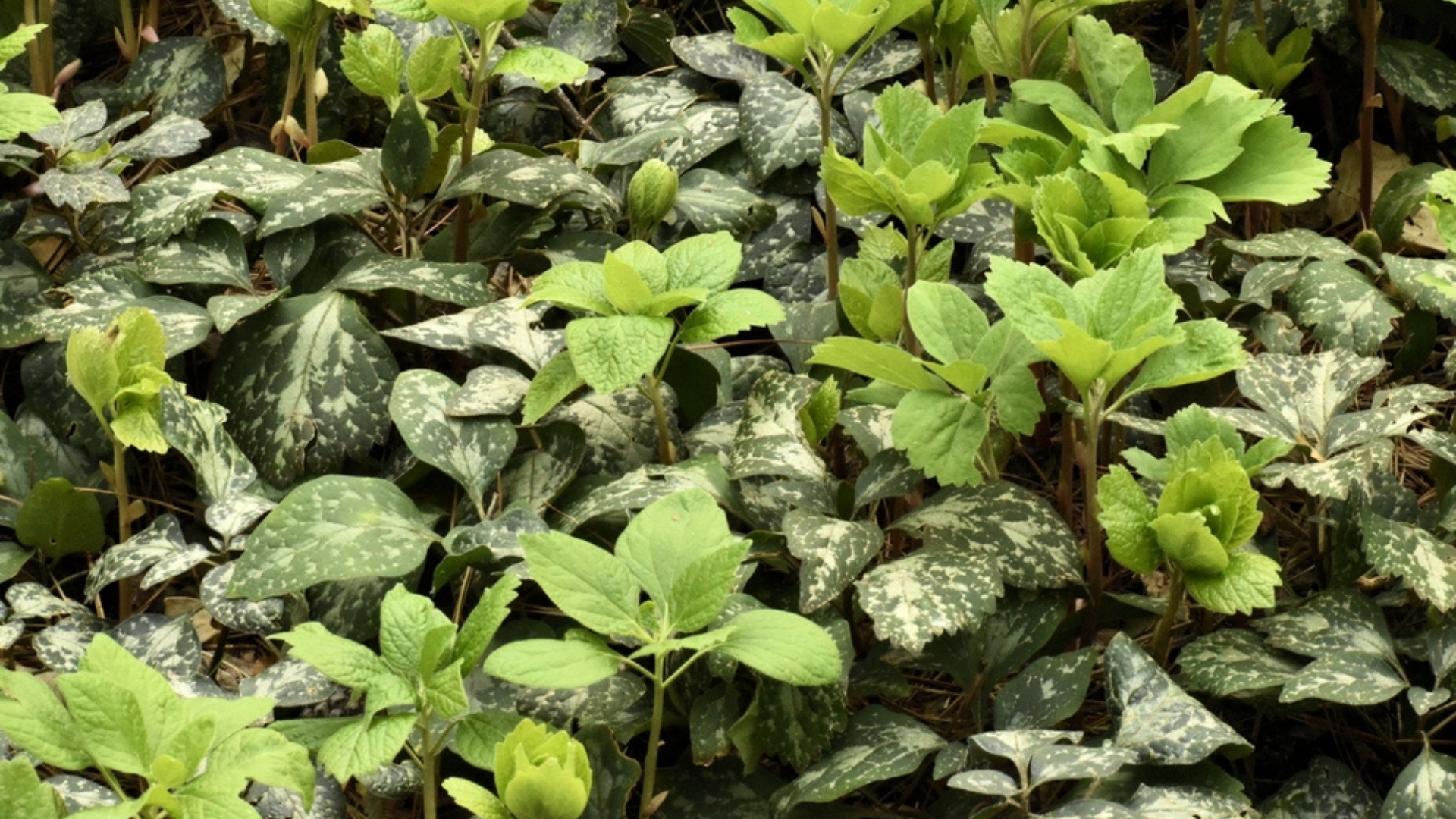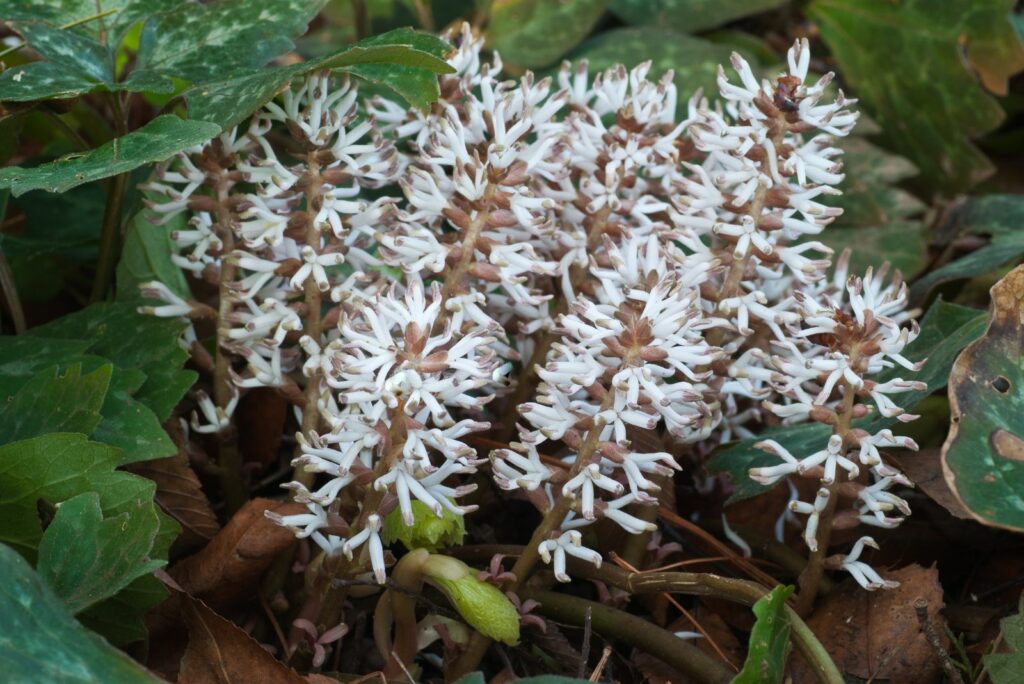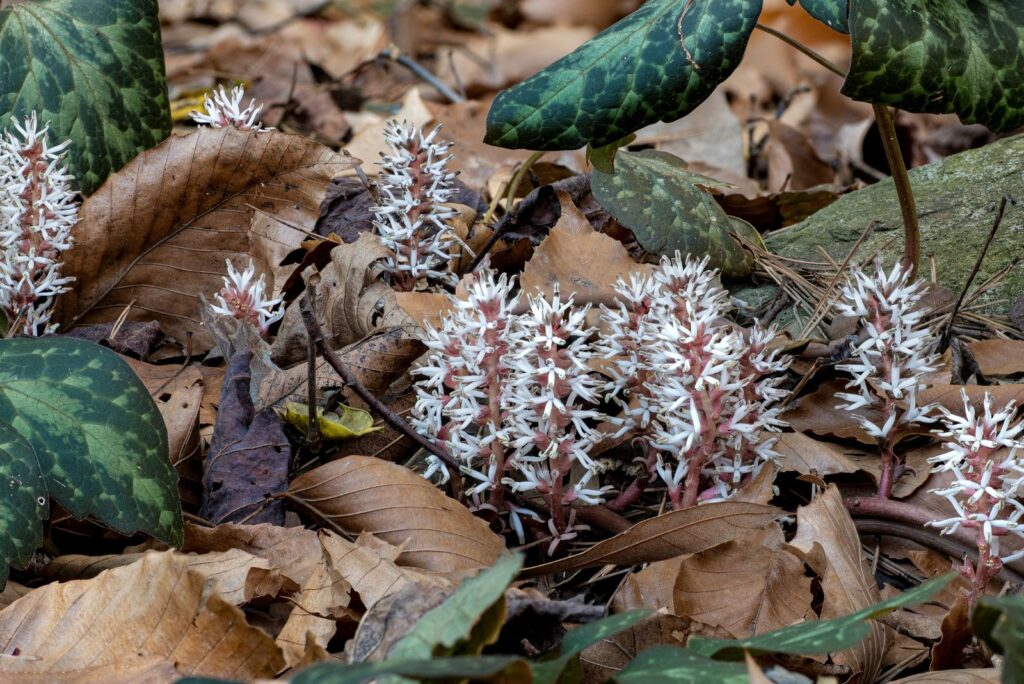If weeds and soil erosion are giving you a headache, planting groundcovers is the surefire way to put those worries to rest.
But finding the perfect groundcover plant can be a bit of a challenge. Many of them spread like wildfire and might overrun your yard in no time.
If you’re feeling unsure about which plant to choose as your groundcover, I have an ideal solution: spurge.
Wait, aren’t spurge plants invasive? Yes, it’s true but it doesn’t refer to all varieties. We have our native spurge and that’s your golden ticket to a thriving garden!
Allegheny Spurge Is The Plant That Has It All!
Even the thought of spruge makes gardeners uncomfortable since these plants are really invasive and getting rid of them is a true nightmare. Don’t ask how I know…
But Allegheny spurge is a native plant, it doesn’t grow fast and it most likely won’t exceed 10 inches when mature.
Ok, non-invasiveness isn’t the only thing that makes this spurge special.
First, this variety has excellent resistance to drought and won’t show any signs of distress if grown in a shady location. If you’re a beginner, then this spurge will definitely become your favorite plant!
If some parts of your lawn receive too much shade, simply plant Allegheny spurge and enjoy the spectacular view.
For those who live in North Carolina, you should know that this spurge is considered endangered so imagine what a contribution to the ecosystem you’ll make.
Allegheny spurge will also add a special touch of beauty to your outdoor space with its lovely oval-shaped bluish-green foliage.
Once the spring arrives, your garden will be adorned with stunning white or pink blossoms. How remarkable!
Here’s How To Grow And Care For This Native Spurge
When choosing the ideal spot for this spurge, you need to pay attention to a few things. Remember that this is a long-living plant so it’ll stay in that spot for years.
You can plant it between some ornamental plants and it won’t compete with them for nutrients or inhibit their growth.
Spots under trees and bushes are also perfect for planting native spurge.
Don’t worry about the soil type because Allegheny tolerates everything, from clay to sandy soils.
If your spurge doesn’t grow as fast as you would want it, you can amend the soil and improve drainage.
When planting, leave approximately 6 inches between each Allegheny spurge and you’re good to go. You’ll only need to water freshly-planted surge until it’s well-established.
If you notice some branches dying back, you can simply snip them off and the plant will display new growth in no time.
Those who live in cooler climates should add a layer of mulch to protect their spurge from freezing temperatures. Oh, there’s no need to worry about pests or diseases because both stay away from this amazing spurge
If finding a groundcover has been a tough nut to crack, worry no more – this native spurge is all you need! Follow our tips and you’ll hit the ground running.



